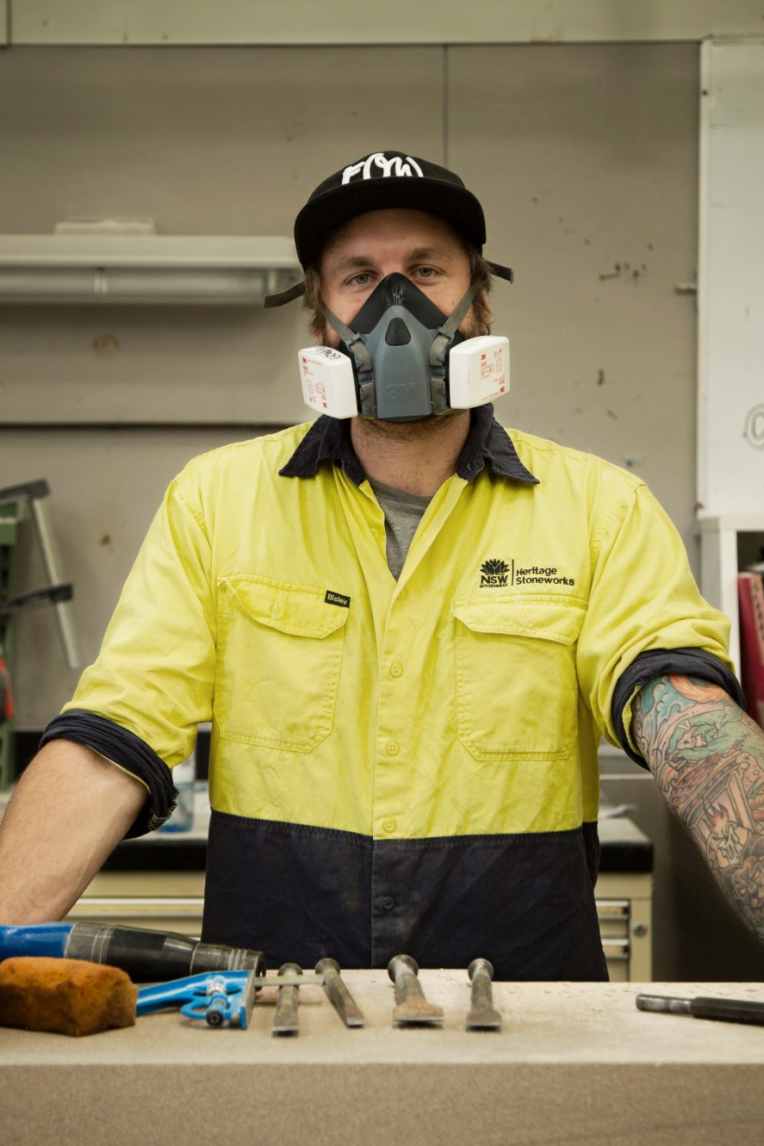Training sector held back by Federation, says IR reformist
by Robert BoltonFunding and state government bureaucracy, not the link between awards and trade certification, are the obstacles behind the introduction of reform to the Australia's training system, according to one of the architects of industrial relations reform in manufacturing.

Critics of the training sector say it is near to impossible to reform training because qualifications such as the Certificate III in manufacturing jobs is the benchmark against which wage rates are set.
This makes it difficult to update old qualifications and produce new ones quickly which is one of the reforms the prime minister is most desperate to bring about.
But Ian Curry, one of the architects of industrial relations reform in manufacturing in the late 1980s, says this it's a "fallacy" to describe a connection between training certification and award wages, agreed to at the time, as a hindrance to further reform of the training sector.
Mr Curry is national coordinator, skills training and apprenticeships at the Australian Manufacturing Workers' Union and was part of the team that cut the number of task-based jobs in the metal trade industry from 364 to 14 skill-related classifications.
The reforms became part of the new Metal Trade Award introduced on March 1, 1990 and since then the sector had gone on to create "endless flexibility".
He said present day reform was being held back by Federation and the way the states "pulled money away from training" when budget problems dictated it.
His comments came as the prime minister put a shake-up of the training sector and industrial relations reform into a single package intended to fire up the COVID-19 affected economy.
But Mr Curry said training packages were not the problem.
"I don't know how many iterations there have been of training packages since 1990, we are working on them all the time.
"The reality is the states decide at the last minute they don't like something in a training package. That's what holds them up.
"Funding and interference of bureaucracy are the obstacles behind the introduction of reform."
He said the introduction of private training providers, which offer courses the public TAFEs do not, had focused the training sector on profit and the "purpose of the system has been lost".
The Australian Chamber of Commerce and Industry said the linkage between awards and the training system was not what was holding back reform.
Instead it blamed "vested interests" and the lack of commitment to long term funding by government.
Director of employment education and training at ACCI, Jenny Lambert, said the award restructures of the 1980s and 90s meant there was clarity in the way training was done and gave rise to a lot of productivity improvements.
"There has been a lot of constant tinkering and now there is reform fatigue. I don't know that people are willing to change any longer."
In a report released in March the Australian Industry Group raised the possibility of delinking award wages from training certification but said this was more about bringing new ideas into training, not shaking up the industrial relations system.
Head of Workforce Development at AI Group, Megan Lilly said the nexus between the certificate III qualification and the employment arrangement "can be uncoupled".
This would give training "great potential to be adapted as a major work-based learning pathway at technician and para-professional levels and beyond."
Ms Lilly told The Australian Financial Review the best way to achieve effective and sustainable qualification reform was through the review of Australian Qualification Framework, which has just been carried out by training expert Peter Noonan.
"The revised AQF enables new qualification designs, flexibility and more contemporary approaches and alignment," she said.